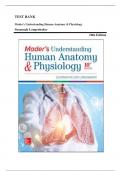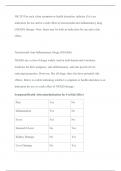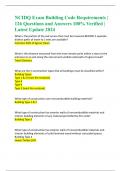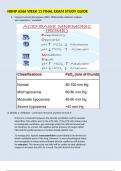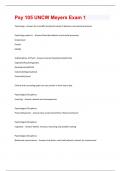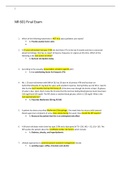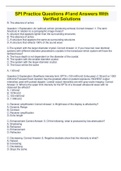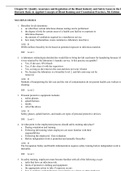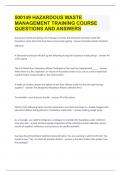Exam (elaborations)
Mader's Understanding Human Anatomy & Physiology 10th Edition by Susannah Longenbaker-Test Bank
Test Bank For Mader's Understanding Human Anatomy & Physiology 10th Edition by Susannah Longenbaker Chapter1-19 Complete Guide. Part I Human Organization 1. Organization of the Body 2. Chemistry of Life 3. Cell Structure and Function 4. Body Tissues and Membranes Part II Support, Movement, and Prot...
[Show more]
